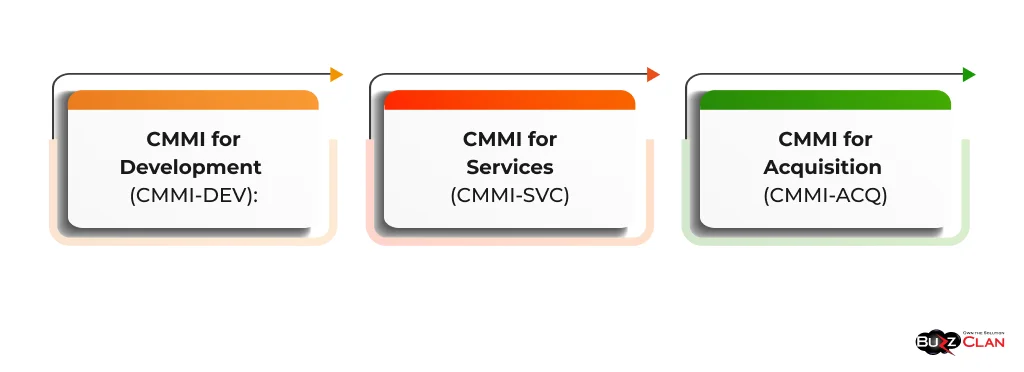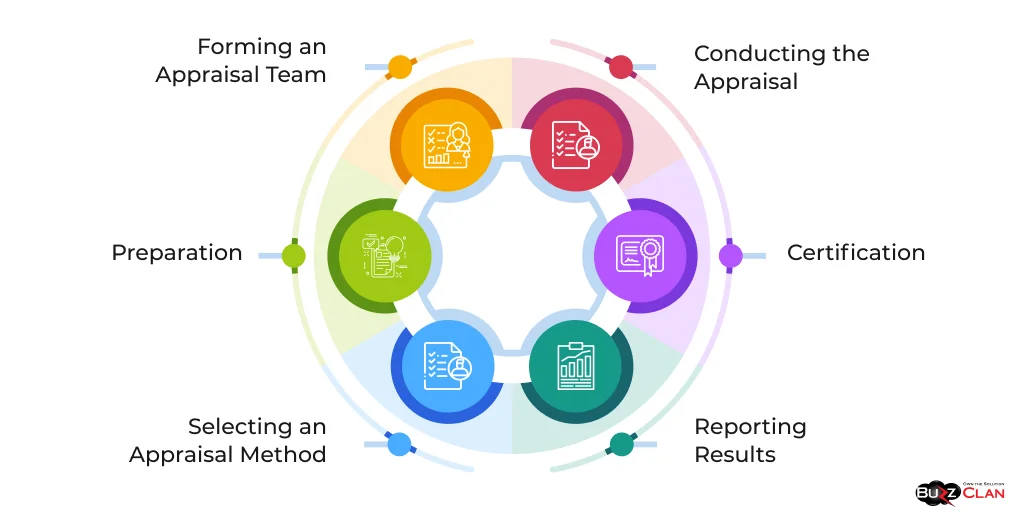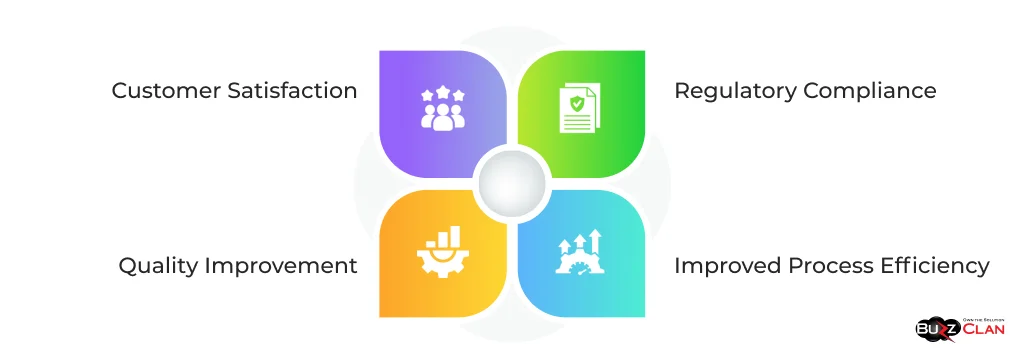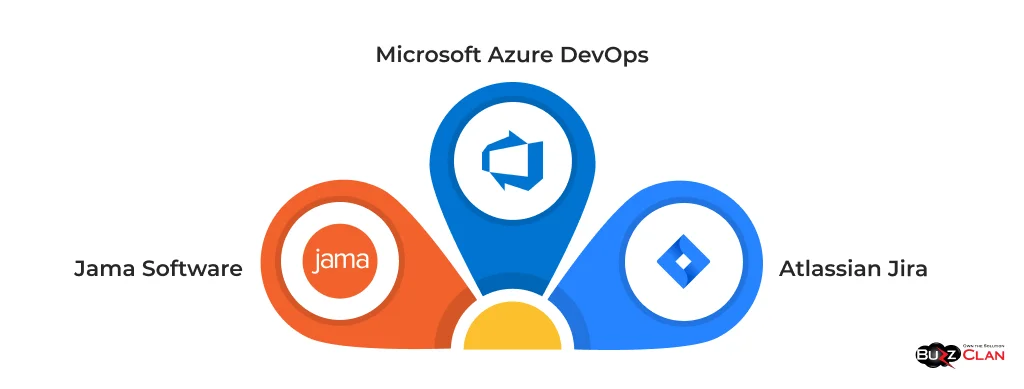CMMI: The Ultimate Guide to Transforming Your Organization’s Processes
Rohan Rao
Jul 10, 2024
Introduction
In today’s rapidly evolving business landscape, organizations constantly seek ways to enhance efficiency, improve performance, and deliver high-quality products and services. As competition intensifies and customer expectations rise, the need for structured process improvement has become more critical. This is where Capability Maturity Model Integration (CMMI) comes into play, offering a comprehensive framework for organizations to systematically assess and improve their processes.
This in-depth guide will explore the world of CMMI, providing a thorough understanding of its definition, certification process, maturity levels, applications, and benefits. Whether you’re new to CMMI or looking to deepen your knowledge, this article will serve as a valuable resource to help you navigate the complexities of this powerful process improvement tool.
Throughout this piece, we’ll delve into the key components of CMMI, explore its various maturity levels, examine real-world applications across different industries, and discuss best practices for implementation. We’ll also look at the future trends shaping the evolution of CMMI and its continuing relevance in the ever-changing business world.
What is CMMI?
Capability Maturity Model Integration (CMMI) is a process improvement approach that provides organizations with the essential elements of effective processes. It can guide process improvement across a project, division, or organization. CMMI helps integrate traditionally separate organizational functions, set process improvement goals and priorities, provide guidance for quality processes, and provide a reference point for appraising current processes.
The concept of CMMI originated from the Capability Maturity Model (CMM) developed by the Software Engineering Institute (SEI) at Carnegie Mellon University in the 1980s. Initially focused on software development, CMM evolved into CMMI to address the needs of other domains such as systems engineering, integrated product and process development, and acquisition.
CMMI is not just a standard or a certification; it’s a comprehensive model that helps organizations streamline process improvement and encourage productive, efficient behaviors that decrease software, product, and service development risks. By providing a clear path for improvement, CMMI enables organizations to evolve their processes systematically, leading to increased productivity, improved quality, and enhanced customer satisfaction.
Historical Context:
The journey of CMMI began in the late 1980s when the U.S. Department of Defense sponsored the development of the CMM for software. The goal was to create a model for evaluating the capability of software contractors. Over time, multiple CMMs were developed for different disciplines, leading to confusion and inefficiencies. To address this, the CMMI project was formed in 1997 to integrate these disparate models into a single, comprehensive framework. The first version of CMMI was released in 2000, and it has since undergone several revisions to keep pace with evolving business needs and technological advancements.
Key Components of CMMI

The key components of CMMI are integral in ensuring a structured approach to assessing and improving organizational processes. These are as follows:
CMMI Models:
CMMI is not a one-size-fits-all solution. It offers different models tailored to specific domains:
- CMMI for Development (CMMI-DEV): This model focuses on processes for developing products and services.
- CMMI for Services (CMMI-SVC): This model covers managing, establishing, and delivering services.
- CMMI for Acquisition (CMMI-ACQ): This model addresses the processes of acquiring products and services from suppliers.
Each model provides a set of best practices that address productivity, performance, costs, and stakeholder satisfaction.
CMMI Framework:
The CMMI framework is structured around process areas, and clusters of related practices in a particular area that, when implemented collectively, satisfy a set of goals considered important for improving that area. Each process area includes specific goals and practices and generic goals and practices that apply to multiple process areas.
The framework is designed to be flexible, allowing organizations to adapt it to their specific needs and contexts. It emphasizes aligning process improvement efforts with business objectives and provides a roadmap for incremental, long-lasting improvements.
CMMI Maturity Levels
CMMI defines five maturity levels that represent stages of organizational process improvement. These levels provide a structured path for enhancing capabilities, with each level building upon the previous one to create a foundation for continuous improvement and higher performance.
Overview of Maturity Levels
CMMI uses maturity levels to describe an evolutionary path recommended for an organization that wants to improve its processes. These levels provide a way to measure the maturity of an organization’s processes and a means to prioritize improvement efforts.
Details of Each Level
Learn about the CMMI’s Maturity Levels in detail:
- Level 1: Initial
At this level, processes are usually ad hoc and chaotic. The organization typically needs to provide a stable environment to support processes. Success often depends on the competence and heroics of the people within the organization rather than proven processes. Products and services at this level can often work but frequently exceed budget and schedule.
- Level 2: Managed
At level 2, projects have ensured processes are planned and executed according to policy. Projects employ skilled people with adequate resources to produce controlled outputs. The processes are monitored, controlled, reviewed, and evaluated for adherence to process descriptions. The process discipline reflected by maturity level 2 helps ensure that existing practices are retained during times of stress.
- Level 3: Defined
At this level, processes are well characterized and understood and are described in standards, procedures, tools, and methods. The organization’s standard processes, the basis for maturity level 3, are established and improved over time. A critical distinction between maturity level 2 and maturity level 3 is the scope of standards, process descriptions, and procedures. At Level 3, these are more rigorous and proactive than at Level 2.
- Level 4: Quantitatively Managed
At this level, the organization and projects establish quantitative objectives for quality and process performance and use them as criteria for managing processes. Quantitative objectives are based on the needs of the customers, end users, organization, and process implementers. Quality and process performance are understood statistically and managed throughout the process’s life.
- Level 5: Optimizing
At maturity level 5, an organization continually improves its processes based on a quantitative understanding of its business objectives and performance needs. The organization uses a quantitative approach to understand the inherent variation and the causes of process outcomes. This level focuses on continually improving process performance through incremental and innovative process and technological improvements.
CMMI Certification
CMMI certification is a formal recognition of an organization’s process maturity and capability that provides a maturity level rating, demonstrating the organization’s commitment to quality and process improvement.
Certification Process:

CMMI certification involves a formal appraisal process that evaluates an organization’s processes against the CMMI model. The steps typically include:
- Preparation: The organization prepares for the appraisal by conducting a gap analysis and implementing necessary process improvements.
- Selecting an Appraisal Method: The Standard CMMI Appraisal Method for Process Improvement (SCAMPI) is the most common method.
- Forming an Appraisal Team: A team of trained professionals conducts the appraisal.
- Conducting the Appraisal: The team reviews documentation, interviews staff, and observes processes in action.
- Reporting Results: The appraisal team provides a detailed report of their findings.
- Certification: If the organization meets the criteria for a specific maturity level, it receives certification.
Types of Certifications:
CMMI Institute offers different certifications, allowing individuals and companies to choose the most relevant to their primary business activities and improvement goals, which include:
| Types of Certifications | Description |
|---|---|
| Associate Certification | The Certified CMMI Associate certification is for individuals who want to demonstrate their understanding of CMMI principles. It's suitable for those who are new to CMMI or work in organizations that use CMMI. |
| Appraisal and Audit | The SCAMPI appraisal is the official method for providing ratings relative to CMMI models. There are three classes of appraisals (A, B, and C), with Class A being the most rigorous and the only one that can result in a level rating. |
Applications of CMMI
CMMI has wide-reaching applications in various industries, such as healthcare, finance, government, etc., offering improved organizational processes and performance.
Industry Use Cases:
Let’s get an insight into the industry use cases of CMMI and how it facilitates various beneficial features in organizations:
- Software Engineering:
CMMI-DEV provides a comprehensive framework for improving software development processes in software engineering. It helps organizations enhance their ability to develop and maintain quality software consistently. Key benefits include reduced defects, improved predictability of schedules and budgets, and increased customer satisfaction.
- Healthcare:
CMMI has found applications in healthcare settings, particularly in improving patient care processes and healthcare information systems. For instance, the CMMI Institute has developed specific models for maternal health and dementia care, focusing on improving the quality and consistency of healthcare delivery.
- Financial Services:
In the financial sector, CMMI helps organizations improve their risk management processes, enhance operational efficiency, and ensure compliance with regulatory requirements. It’s particularly useful in software development for financial applications, where reliability and security are paramount.
- Government and Defense:
Government agencies and defense contractors often use CMMI to improve processes and demonstrate their capability to potential clients. For example, the U.S. Department of Defense has used CMMI as a criterion for awarding contracts, making it a crucial tool for organizations in this sector.
Benefits of CMMI
Get in-depth insights on how CMMI benefits organizations by streamlining processes and improving quality and customer satisfaction.

- Improved Process Efficiency:
CMMI helps organizations streamline processes, reduce waste, and improve operational efficiency. It provides a structured approach to process improvement that enables organizations to identify and eliminate inefficiencies systematically.
- Quality Improvement:
One key benefit of CMMI is its focus on quality. As organizations move up the maturity levels, they typically see significant improvements in product and service quality. This is achieved through better process control, increased predictability, and a focus on continuous improvement.
- Customer Satisfaction:
Improved processes and higher quality naturally lead to increased customer satisfaction. Organizations that implement CMMI often report higher levels of customer satisfaction due to more reliable delivery, fewer defects, and better overall performance.
- Regulatory Compliance:
CMMI can help organizations meet regulatory requirements by providing a framework for documenting and improving processes. This is particularly valuable in highly regulated industries like healthcare and finance.
Implementing CMMI in Your Organization
The systematic process of implementing CMMI in your organization to achieve sustainable and long-term improvements in performance involves the following:
Getting Started:
Implementing CMMI starts with a commitment from leadership and a clear understanding of the organization’s goals. Initial steps typically include:
- Assessing current processes
- Identifying areas for improvement
- Developing an implementation plan
- Allocating resources for the initiative
- Communicating the plan to all stakeholders
Training and Development:
Training is crucial for successful CMMI implementation. This includes general awareness training for all staff and specialized training for those directly involved in process improvement activities. Many organizations choose to have key personnel become CMMI Associates or even CMMI Instructors to build internal expertise.
Continuous Improvement:
CMMI is not a one-time effort but a continuous journey. Organizations should establish mechanisms for ongoing process assessment and improvement. This might include regular internal audits, collecting and analyzing performance data, and fostering a culture of continuous improvement throughout the organization.
Tools and Resources for CMMI
Various software tools and resources are available to support CMMI implementation and compliance. These tools range from simple document management systems to comprehensive process management platforms. Some popular options include:
Software Solutions:
Various software tools are available to support CMMI implementation and compliance. These range from simple document management systems to comprehensive process management platforms. Some popular options include:

- Jama Software: Offers requirements management and test management solutions.
- Atlassian Jira: Provides project and issue tracking capabilities.
- Microsoft Azure DevOps: Offers a suite of development tools that can be aligned with CMMI practices.
Guides and Manuals:
The CMMI Institute provides official guides and manuals for each CMMI model. These resources offer detailed information on process areas, practices, and implementation strategies. Additionally, many third-party books and online resources help organizations understand and implement CMMI.
Future Trends in CMMI
CMMI is evolving to address emerging technologies and business practices. With technological advances and global adoption, the future of CMMI will match the arising standards, thus better serving diverse organizational needs in a rapidly changing digital landscape.
- Technological Advances:
As AI and automation continue transforming business processes, CMMI is evolving to address these changes. Future versions of CMMI may incorporate more guidance on managing AI-driven processes and leveraging automation for continuous improvement.
- Global Adoption:
While CMMI has its roots in the United States, it’s seeing increasing adoption globally. This trend will continue as organizations worldwide recognize the value of structured process improvement.
- Emerging Standards:
CMMI will likely evolve in response to emerging standards and best practices in agile development, DevOps, and cybersecurity. Future versions may incorporate more guidance on integrating these approaches with CMMI practices.
Conclusion
Capability Maturity Model Integration (CMMI) offers a powerful framework for organizations to systematically assess and improve their processes. CMMI enables organizations to enhance their efficiency, quality, and overall performance by providing a clear path for improvement across different maturity levels.
Throughout this guide, we’ve explored the key components of CMMI, its maturity levels, certification process, and applications across various industries. We’ve also discussed the benefits of CMMI implementation, strategies for getting started, and future trends likely to shape its evolution.
As organizations face increasing pressure to improve performance and deliver customer value, tools like CMMI will remain crucial. CMMI provides a structured approach to process improvement that helps organizations meet current challenges and build the capabilities they need to thrive in an ever-changing business landscape.
Whether you’re considering implementing CMMI in your organization or looking to improve your current implementation, the insights provided in this guide can help you navigate the journey of continuous improvement and organizational excellence.
FAQs

Get In Touch
